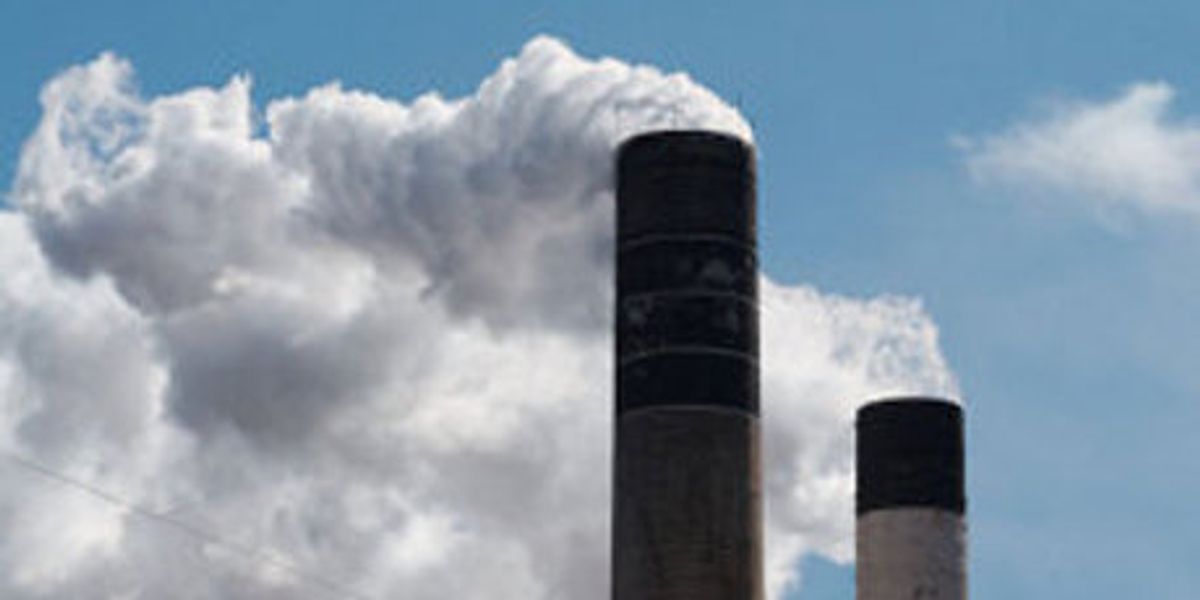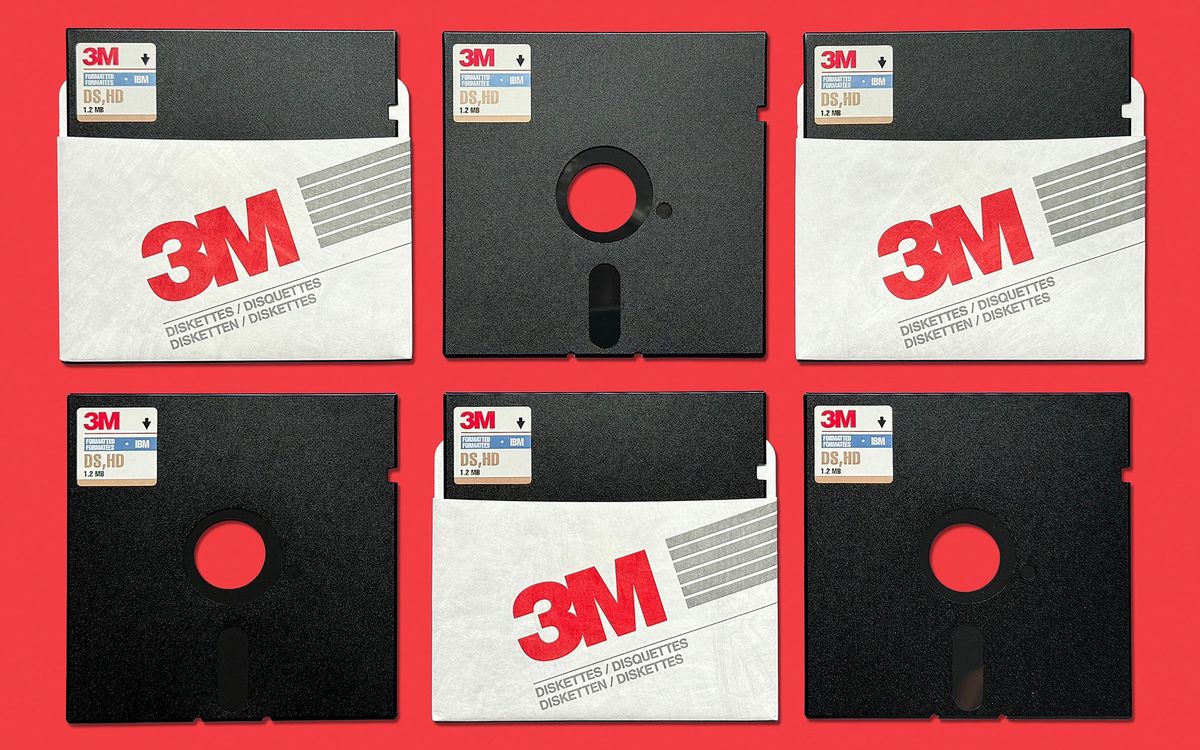Last fall, inspired by the popularity and immediate success of the cash for clunkers program, I had the whimsical thought that maybe, instead of taxing coal-fired generators or forcing them to participate in a complicated cap-and trade system, we should should just pay them to shut down.
It turns out, as Grist blogger Ted Nace recently brought to my attention, that this little lightbulb had already lit up over other heads as well--several of them encasing bigger brains than mine. This is of more than merely personal interest because, with the death this year of the proposed U.S. cap-and-trade bill, if mandated carbon reduction is going to occur on a national scale, it's going to happen some other way.
Writing in the Wall Street Journal last August, T. Boone Pickens and Ted Turner suggested adopting a cash-for-clunkers program in the utility sector, so as to "save money and reduce emissions right away by retiring the oldest, least efficient and most polluting plants." Ten days later Silicon Valley entrepreneur and philanthropist Steve Kirsch proposed in the Huffington Post a "cash for coal" program, in which the government would pay owners of dirty coal plants their residual value, to finance the construction of clean coal plants.
Pickens, Turner, and Kirsch plainly meant the idea to be taken seriously and were not writing in mere whimsy. But the idea just as plainly was a trial balloon, and they did not linger over details. Kirsch confined himself to saying that any dirty coal plant would be eligible for replacement if replaced by a zero-carbon generator at an investment cost under $2,000 per kilowatt. Pickens and Turner preferred to see coal plants replaced by natural gas generators, which would cut per-kilowatt emissions roughly in half.
Nace, eyeing the added costs owners of dirty coal plants will incur in the next five years as they are required to install the latest in scrubbing equipment, has been calculating just how much they'd have to be paid to replace the plants instead. Going beyond that, he'd also like to show that net national savings would result from replacing all U.S. coal plants, which he believes will be necessary if the world is going to have any chance of attaining its 2030 greenhouse gas reduction goals. He believes the issue has legs: A site he helped build, "existing U.S. coal plants," has received 130,000 hits so far.
POSTSCRIPT (Sept. 2, 1010): Nace has now published his analysis explaining how he thinks the U.S. government could save money long-term by paying operators of dirty coal plants to close them. His basic concern is that although about one sixth of the aging coal fleet can be expected to be closed in reaction to rules requiring pollution scrubbers, we'll then be stuck with the other five-sixths, which will continue to emit huge quantities of carbon dioxide. Taking his cues from work done on the beneficial fiscal effects of tobacco regulation, Nace estimates how much money the government could save as a result of higher tax receipts from people who, instead of dying from exposure to coal emissions, continue to work.
His ballpark estimate of how much coal-emission mortality costs the government over a 30-year period? $175 billion. Additional costs attributable to morbidity over 30 years, the remaining time existing coals plants would be expected to operate, comes to $74 billion.



